Home>Storage Ideas>Kitchen Storage>Narrow Kitchen Layout Rules: 9 Ways To Make Yours Work Better
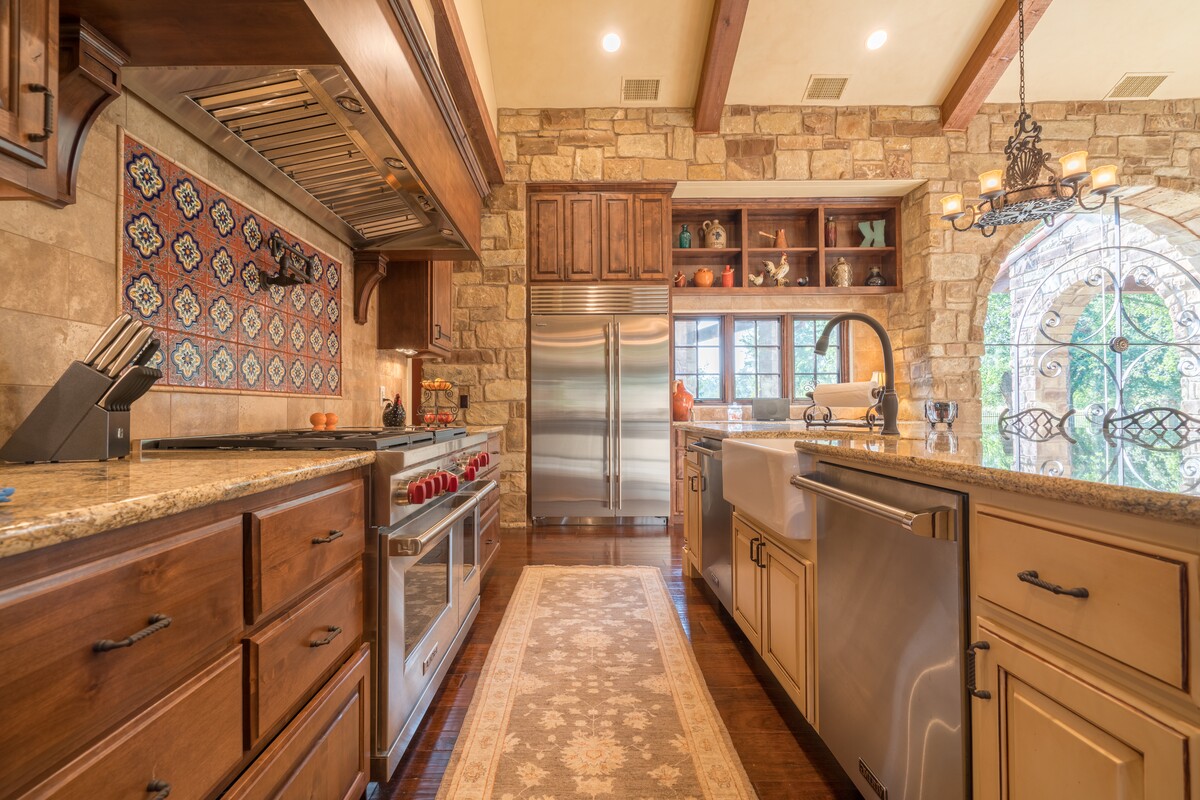

Kitchen Storage
Narrow Kitchen Layout Rules: 9 Ways To Make Yours Work Better
Modified: January 5, 2024
Discover 9 essential rules to enhance your narrow kitchen layout and optimize space with these clever kitchen storage ideas.
(Many of the links in this article redirect to a specific reviewed product. Your purchase of these products through affiliate links helps to generate commission for Storables.com, at no extra cost. Learn more)
Introduction
Welcome to the world of kitchen storage ideas for narrow layouts! Having a small kitchen can be challenging, but with the right strategies, you can maximize space and create a functional and stylish cooking area. In this article, we will explore nine ways to make your narrow kitchen layout work better for you.
When it comes to optimizing storage in a narrow kitchen, it’s all about utilizing every inch of space efficiently. From maximizing vertical space to choosing compact appliances, there are plenty of tricks to help you make the most of your kitchen’s layout. So, let’s dive in and discover how to transform your limited kitchen space into a practical and organized haven.
Key Takeaways:
- Maximize vertical space, choose compact appliances, and embrace minimalism to optimize a narrow kitchen layout. Utilize smart organization solutions and light colors to create an efficient, clutter-free, and visually appealing cooking space.
- Incorporate sliding doors, effective lighting, and wall space utilization to enhance storage and functionality in a narrow kitchen. Prioritize natural light, declutter regularly, and implement minimalist design for a spacious and organized cooking area.
Maximize Vertical Space
In a narrow kitchen, utilizing vertical space is essential to maximize storage capacity. One way to achieve this is by installing tall kitchen cabinets that reach all the way to the ceiling. These cabinets provide ample storage space for items that are not frequently used.
Consider using adjustable shelves inside the cabinets to accommodate items of various sizes. This will allow you to customize the storage space based on your specific needs. Additionally, incorporating pull-out shelves or drawers within the cabinets can make accessing items easier and more convenient.
Another smart way to maximize vertical storage is by installing open shelves or floating shelves on the walls. These shelves can hold commonly used items such as cookbooks, spices, and decorative pieces, while also adding a touch of charm to your kitchen.
If you have a high ceiling, you can take advantage of that space by installing a hanging pot rack. This not only frees up cabinet space but also adds a stylish element to your kitchen. Hanging utensil racks or hooks can also be utilized to keep frequently used tools within easy reach.
Lastly, don’t forget about the space above the refrigerator or the stove. This area can often be overlooked but can be a valuable spot to store items such as baking sheets or cutting boards. Consider installing a narrow cabinet or using baskets to keep these items organized and easily accessible.
Optimize Cabinet Storage
When it comes to narrow kitchen layouts, efficient cabinet storage is key. Here are some strategies to optimize your cabinet space:
Firstly, consider using cabinet organizers to maximize the use of vertical and horizontal space. Install pull-out spice racks, tray dividers, or vertical plate racks to make the most of your cabinet’s interior. These organizers will keep your items neatly arranged and easily accessible.
Next, utilize the insides of your cabinet doors. Install door-mounted storage racks or organizers to hold items such as cutting boards, baking sheets, or lids. This clever solution helps free up valuable cabinet space while keeping frequently used items within reach.
Another idea is to incorporate corner cabinet solutions. The corners in a narrow kitchen often go unused, but with the right organization system, you can maximize their potential. Consider installing a lazy Susan or a pull-out shelf mechanism to easily access items stored in the corners.
Additionally, you can make use of cabinet inserts or dividers to keep items organized. These inserts can be specifically designed for cutlery, pots, pans, or even Tupperware. By creating dedicated spaces for each item, you’ll be able to maximize storage and easily locate what you need.
An often underutilized storage space is the toe kick area at the bottom of cabinets. Consider incorporating toe kick drawers or pull-out bins to store items like baking pans or small appliances. This space-saving solution is perfect for keeping items hidden while still accessible when needed.
Lastly, don’t forget about the space above your upper cabinets. Although it may require a step stool to reach, it can be a great spot to store items that are not frequently used. Store less-used appliances, serving platters, or even decorative items in baskets or decorative boxes to keep your kitchen clutter-free.
Utilize Wall Space
When working with a narrow kitchen layout, it’s important to think beyond just floor and cabinet space. One area that often gets overlooked is the wall space, which can provide valuable storage opportunities. Here are some ideas to help you make the most of your kitchen’s wall space:
Firstly, consider installing a pegboard on one of your kitchen walls. A pegboard is a versatile storage solution that allows you to hang utensils, pots, pans, and even small kitchen gadgets. It not only keeps items within reach but also adds a visually appealing element to your kitchen decor. Customize the arrangement of hooks and shelves on the pegboard to suit your specific needs.
Another option is to install floating shelves on your kitchen walls. These shelves can be used to store frequently used items or to showcase decorative pieces. Place them strategically near your work area to keep essential ingredients, cookbooks, or small appliances within easy reach.
If you have limited counter space, consider installing a wall-mounted knife holder or magnetic strip to hold your knives securely. This not only helps free up counter space but also keeps your knives easily accessible and organized.
Wall-mounted bins or baskets can also be a great storage solution for fruits, vegetables, or even cleaning supplies. Attach them to a vertical rod or wire grid to keep your counter space clear and maintain a clutter-free kitchen.
Additionally, consider adding hooks or rails to your kitchen walls. These can be used to hang pots, pans, and cooking utensils, saving valuable cabinet and drawer space. This practical storage solution not only keeps your kitchen organized but also adds a rustic charm to the space.
If you’re looking to incorporate a bit of greenery into your kitchen, wall-mounted planters are a fantastic option. Install them on your kitchen wall to grow herbs or small succulents, adding both visual appeal and fresh ingredients to your cooking space.
Remember, when utilizing wall space, it’s important to strike a balance between functionality and aesthetics. Choose storage solutions that not only serve a purpose but also complement your kitchen’s design and enhance its overall appeal.
Incorporate Sliding Doors
In a narrow kitchen, every inch of space matters. One way to optimize your kitchen layout is by incorporating sliding doors. Sliding doors not only save space but also add a sleek and modern touch to your kitchen’s design. Here are a few ways you can make use of sliding doors:
Firstly, consider replacing traditional swinging cabinet doors with sliding doors. This eliminates the need for extra space to accommodate the swinging motion of the doors, allowing you to utilize every inch of your kitchen’s layout efficiently. Sliding doors can be installed on both upper and lower cabinets, creating a seamless and streamlined look.
Sliding doors can also be used to hide small appliances or food preparation areas. For example, you can install a sliding door mechanism to conceal a pantry or a breakfast nook when not in use. This not only saves space but also creates a clean and clutter-free appearance in your kitchen.
If you have a narrow hallway or a wall adjacent to your kitchen, consider installing sliding barn doors. These doors can be a great way to close off your kitchen when needed, creating separation between the cooking area and the rest of the space. Sliding barn doors also add a rustic and charming element to your kitchen decor.
Another option is to incorporate sliding glass doors for your kitchen cabinets or pantry. This allows you to easily see and access items while also creating a visually open and spacious feel in your kitchen. Frosted or textured glass can be used if you prefer a bit of privacy or to hide the contents inside the cabinets.
Remember to choose high-quality sliding door mechanisms that are smooth and easy to operate. This will ensure that your sliding doors function properly and stand the test of time. Additionally, consider the design and material of the doors to ensure they align with your kitchen’s overall style and aesthetic.
By incorporating sliding doors in your narrow kitchen, you can maximize space, create a visually appealing design, and improve the functionality of your kitchen layout. So, don’t hesitate to explore the possibilities and transform your kitchen into a well-organized and stylish space.
Consider using vertical storage solutions such as shelves or hanging racks to maximize space in a narrow kitchen layout. This will help keep countertops clear and make the most of the available space.
Choose Compact Appliances
In a narrow kitchen, choosing the right appliances is crucial to optimize space and functionality. Compact appliances are specially designed to fit in small spaces without compromising on performance. Here are some tips for choosing compact appliances for your narrow kitchen:
Firstly, consider opting for a slim refrigerator. Look for models with a narrower width that can still offer sufficient storage space. Some compact refrigerators also come with features like adjustable shelves and door storage options to maximize organization.
In terms of cooking appliances, consider a compact range or a slimline cooktop. These appliances offer the functionality you need while taking up minimal space. Look for models with built-in options like a microwave or an oven to further save on space.
If you’re tight on counter space, consider installing an under-counter dishwasher. These compact dishwashers are designed to fit perfectly under your countertop, freeing up space for other kitchen tasks. Look for models with adjustable racks and multiple spray settings to ensure efficient cleaning.
For small kitchens, a compact and versatile microwave is a must-have. Look for models that can be installed over the range or mounted under cabinets to save precious counter space. Some microwaves also come with convection cooking options, which can eliminate the need for a separate oven.
Another space-saving appliance to consider is a compact washer and dryer combo. These all-in-one units are designed to fit into small spaces while still offering the convenience of having a washer and dryer in your kitchen. Look for models with different load capacities and energy-efficient features.
When it comes to small appliances like coffee makers, toasters, or blenders, choose compact versions that are specifically designed for small kitchens. Look for slim and space-saving designs that can be easily stored when not in use. Consider appliances with multiple functions to minimize the number of individual appliances you need.
Lastly, remember to measure your available space carefully before purchasing any appliances. Take into consideration not only the width but also the depth and height to ensure a proper fit. Pay attention to the door swing direction and any clearance requirements, especially if you have limited space around the appliances.
Choosing compact appliances for your narrow kitchen can make a significant difference in maximizing your storage and working space. By selecting appliances that are specifically designed for small kitchens, you can create a functional and efficient culinary space without sacrificing on performance or style.
Use Light Colors
In a narrow kitchen, the choice of colors can greatly impact the perceived size and overall ambiance of the space. Light colors can make a small kitchen feel more open and airy. Here are some tips for using light colors to enhance your narrow kitchen:
When it comes to the walls, opt for light shades such as white, off-white, or pastel colors. These colors reflect light and create a sense of spaciousness. Avoid dark or overly bold colors, as they tend to make the space feel smaller and more cramped.
For the cabinets and countertops, consider choosing light-colored materials. White or light-colored cabinets can visually expand the space and make it feel more open. If you prefer wood cabinets, opt for light wood tones like maple or birch, which add warmth without overwhelming the space.
When selecting countertops, go for light-colored materials such as white quartz or light marble. These will not only brighten the kitchen but also create an illusion of a larger surface area. Light-colored countertops also have the added benefit of hiding small stains or scratches more effectively.
Another way to incorporate light colors is through backsplash options. Choose light-colored tiles or opt for a white subway tile backsplash, which can make a narrow kitchen feel more open and spacious. Additionally, using mirrors as part of your backsplash design can create the illusion of a larger space and reflect light throughout the kitchen.
Don’t forget about flooring – opt for light-colored flooring materials like light wood, tiles, or vinyl. Light floors can make the space feel more expansive and help reflect the natural or artificial light present in the kitchen.
While using light colors is important, adding a pop of color in accessories or accents can bring vibrancy and personality to your kitchen. Consider using colorful kitchen gadgets, vibrant dishware, or a colorful rug to add a touch of character to the space without overwhelming it.
Remember, the key is to create a cohesive and harmonious color palette throughout your narrow kitchen. Using light colors as a base will provide a foundation for adding pops of color and creating a visually appealing atmosphere.
By incorporating light colors into your narrow kitchen, you can create a bright and open space that feels larger and more inviting. The use of light colors will help to maximize the available light, enhance the aesthetics of the space, and create a more enjoyable cooking and dining experience.
Install Effective Lighting
Lighting plays a crucial role in any kitchen, especially in a narrow layout where proper illumination can make a significant difference. Here are some tips for installing effective lighting in your narrow kitchen:
Firstly, prioritize natural light as much as possible. If you have windows in your kitchen, keep them unobstructed to allow ample natural light to filter in. Natural light not only brightens up the space but also creates a sense of openness. Consider using light-colored curtains or blinds that can be easily opened to maximize the flow of natural light.
If natural light is limited, strategically placed artificial lighting becomes essential. Start by installing overhead lighting that provides adequate general illumination. This can be achieved through recessed ceiling lights or a central pendant fixture. Ensure that the lighting is evenly distributed to eliminate any dark corners or shadows.
Another important aspect is task lighting, which focuses light on specific work areas. Under-cabinet lighting is an excellent choice for a narrow kitchen as it illuminates the countertops where you prepare food. LED strip lights or puck lights can be installed beneath the upper cabinets to provide direct and focused task lighting.
Consider installing adjustable track lighting above your primary work areas, such as the stove or the sink. This allows you to direct the light exactly where you need it and provides optimal lighting for tasks like cooking or washing dishes.
For added functionality and ambiance, consider incorporating lighting inside your cabinets. LED strip lights or motion-activated lights can be installed inside the cabinets to help you locate items easily and add a touch of sophistication to your kitchen.
Lastly, don’t forget about accent lighting to highlight specific features or decorative elements in your kitchen. This can include installing pendant lights over a breakfast bar or island, or adding recessed lighting to showcase a gallery wall or a statement backsplash.
When selecting light fixtures, opt for those with a minimalist design that doesn’t take up too much visual space. Choose bulbs with a high Color Rendering Index (CRI) to ensure accurate color representation in your kitchen.
Effective lighting not only enhances the functionality of your narrow kitchen but also helps create the illusion of a larger space. By combining natural light, general illumination, task lighting, and accent lighting, you can create a well-lit and inviting kitchen that is both visually appealing and practical.
Implement Smart Organization Solutions
In a narrow kitchen, efficient organization is essential to maximize your space and keep everything within reach. Here are some smart organization solutions to help you optimize your storage and streamline your kitchen:
Firstly, utilize drawer dividers to keep your utensils and small tools neatly organized. Drawer dividers make it easy to separate and locate items quickly. Consider adjustable or custom-made dividers to accommodate different utensil sizes and optimize drawer space.
Install a pot rack to free up cabinet space and keep your pots and pans easily accessible. A hanging pot rack can be mounted on a wall or suspended from the ceiling, making use of vertical space and adding a decorative element to your kitchen.
Consider using clear plastic or glass storage containers to store dry goods like rice, pasta, and baking supplies. These containers not only keep your pantry items fresh and organized but also allow you to see the contents at a glance, making meal preparation more efficient.
Make use of vertical storage solutions such as plate racks or vertical dividers to store your dishes. These solutions help maximize cabinet space and keep your plates organized and easily accessible. Stack bowls and cups within each other to save even more space.
Install a magnetic knife strip on the wall or on the inside of cabinet doors to keep your knives safely stored and within reach. This frees up valuable drawer space and keeps your knives organized and easily visible.
Consider using sliding shelves or pull-out baskets in your lower cabinets. These solutions allow you to access the contents at the back of the cabinet without the need to dig through and create chaos. Sliding shelves make it easy to reach pots, pans, and other items stored in deep cabinets.
Use hooks or rails on the inside of cabinet doors to hang measuring cups, spoons, and other small kitchen tools. This saves drawer space and keeps frequently used items within reach.
Invest in a multi-tiered spice rack or drawer insert to keep your spices organized and easily accessible. These solutions allow you to see and grab the spices you need without rummaging through a cluttered cabinet.
Take advantage of the space above your sink by installing a rack or shelf to hold dishwashing essentials like dish soap, sponges, and scrub brushes. This keeps your countertop clear and your cleaning supplies organized.
Lastly, declutter regularly and get rid of items you no longer need or use. Keeping your kitchen organized is much easier when you have fewer items to manage. Consider donating or selling unused appliances, dishes, and utensils to create more space and simplify your kitchen organization.
By implementing these smart organization solutions, you can make the most of your narrow kitchen space and keep everything neat, tidy, and easily accessible. An organized kitchen not only improves efficiency but also enhances your overall cooking experience.
Embrace Minimalism
In a narrow kitchen, embracing minimalism can be incredibly beneficial. By adopting a minimalist approach, you can create a clean, clutter-free space that feels more spacious and organized. Here are some tips to help you embrace minimalism in your narrow kitchen:
Start by decluttering your kitchen and getting rid of unnecessary items. Be ruthless in your decision-making process and only keep items that you use regularly. Donate or sell appliances, utensils, and dishware that you no longer need or use. Clearing out the excess will instantly create a more open and streamlined kitchen.
Opt for a simple and streamlined design for your kitchen cabinets and countertops. Choose clean lines, minimal hardware, and flat-panel doors to achieve a minimalist aesthetic. Avoid overly decorative or ornate styles that can make a narrow kitchen feel busy and cramped.
Minimize countertop appliances by only keeping those that you use daily. Store infrequently used appliances in cabinets or in a designated appliance garage to keep your countertops free from clutter. Not only does this create more physical space, but it also creates a calmer and more visually appealing kitchen environment.
Simplify your kitchen decor by opting for a few carefully selected items. Choose a focal point or a statement piece, such as a piece of artwork or a unique light fixture, to add interest without overwhelming the space. Incorporate natural elements like plants or fresh flowers to bring life and freshness to your kitchen.
Keep your color palette neutral and cohesive. Opt for a monochromatic scheme or a limited color palette to create a sense of harmony and simplicity. Avoid using too many bold or contrasting colors, as they can make a small space feel busy and cluttered.
Invest in efficient storage solutions that promote minimalism, such as drawer dividers, storage containers, and hidden pull-out shelves. These solutions help keep your kitchen organized and everything in its place, reducing visual clutter and creating a sense of calm.
Adopt a “one in, one out” rule to prevent excessive accumulation of kitchen items. When you bring in a new item, make it a habit to let go of something similar or unnecessary. This helps maintain a balanced and decluttered kitchen space.
Lastly, regularly reassess and reorganize your kitchen to ensure that it remains clutter-free. Take a few minutes each day to tidy up and put things away. This simple practice will go a long way in maintaining a minimalist and orderly kitchen environment.
By embracing minimalism in your narrow kitchen, you can create a space that is not only visually appealing but also functional and efficient. The simplicity and calmness of a minimalistic kitchen will bring a sense of tranquility to your cooking and dining experiences.
Frequently Asked Questions about Narrow Kitchen Layout Rules: 9 Ways To Make Yours Work Better
Was this page helpful?
At Storables.com, we guarantee accurate and reliable information. Our content, validated by Expert Board Contributors, is crafted following stringent Editorial Policies. We're committed to providing you with well-researched, expert-backed insights for all your informational needs.
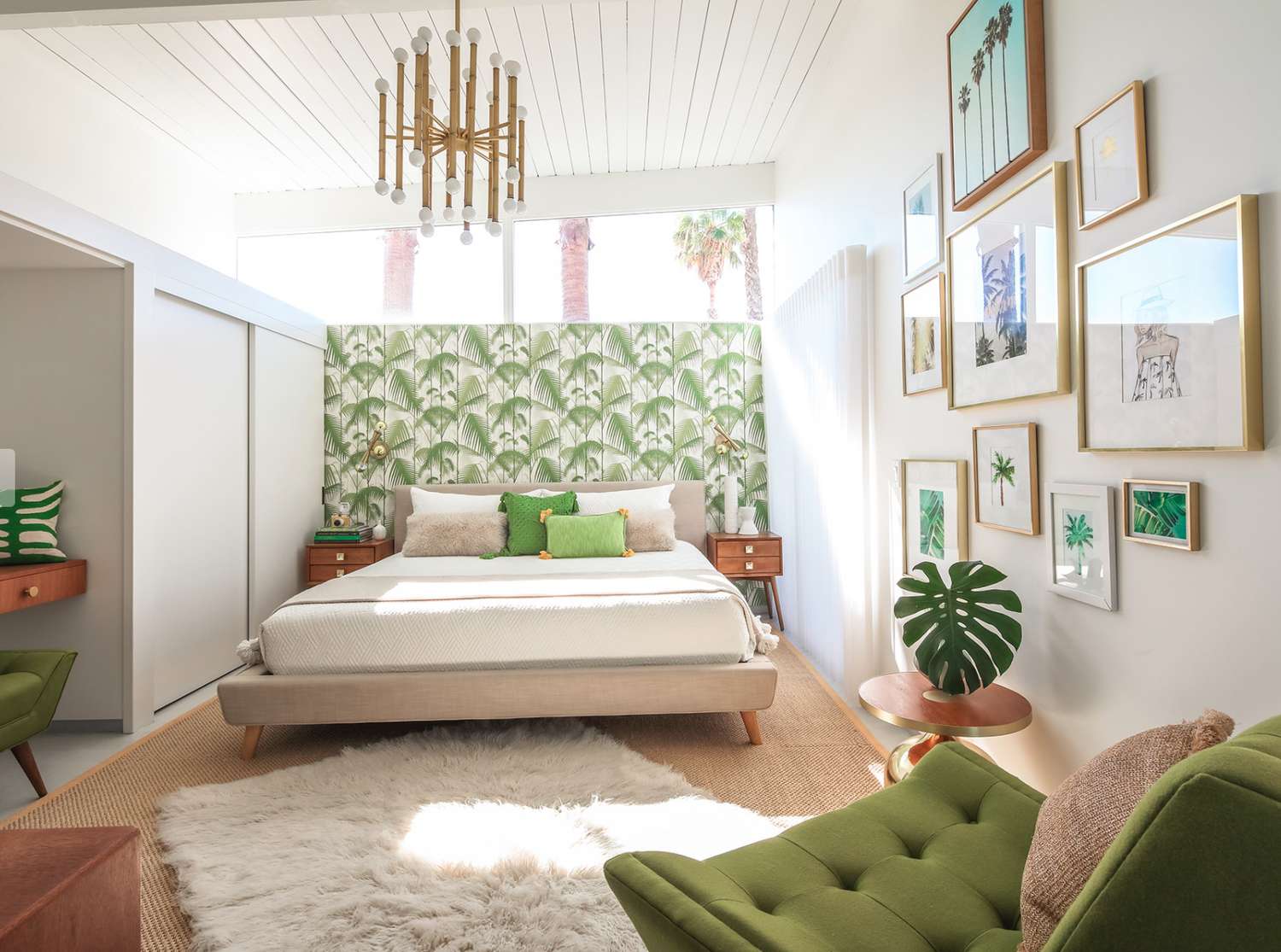

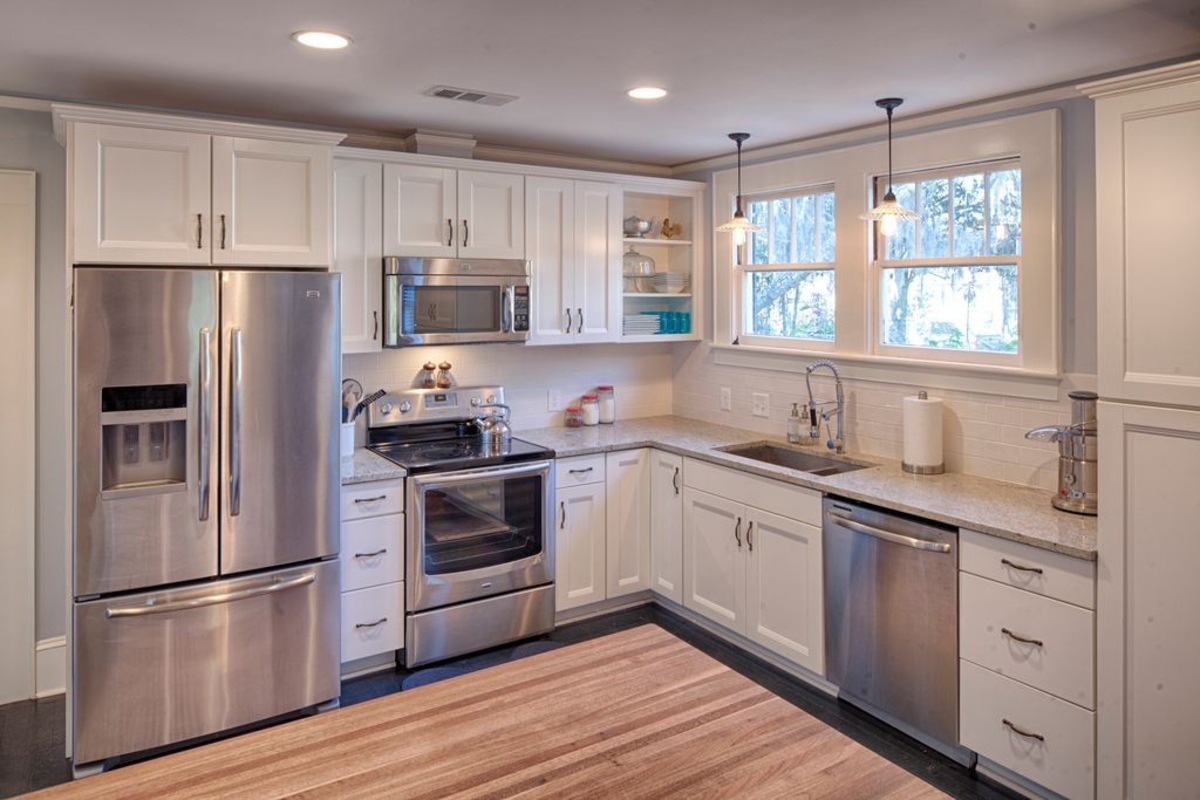
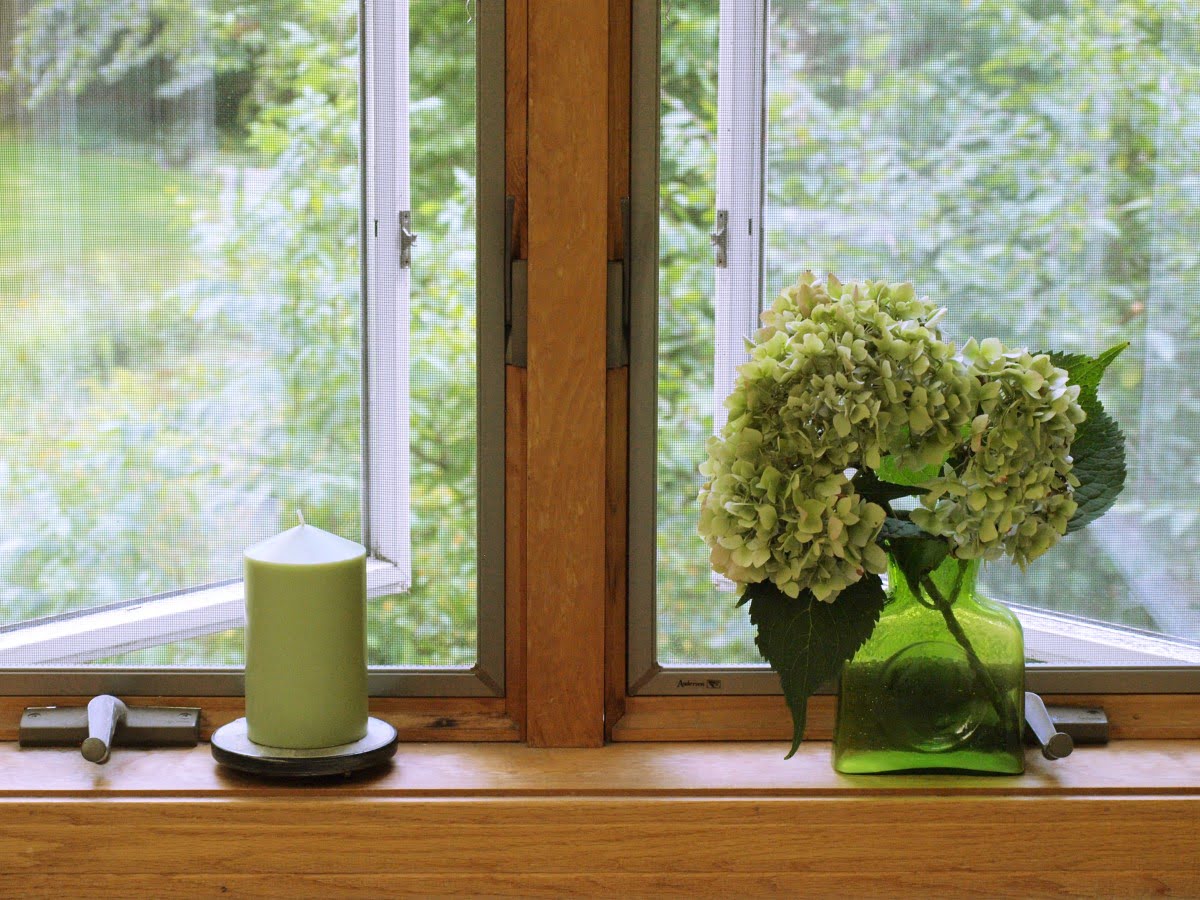
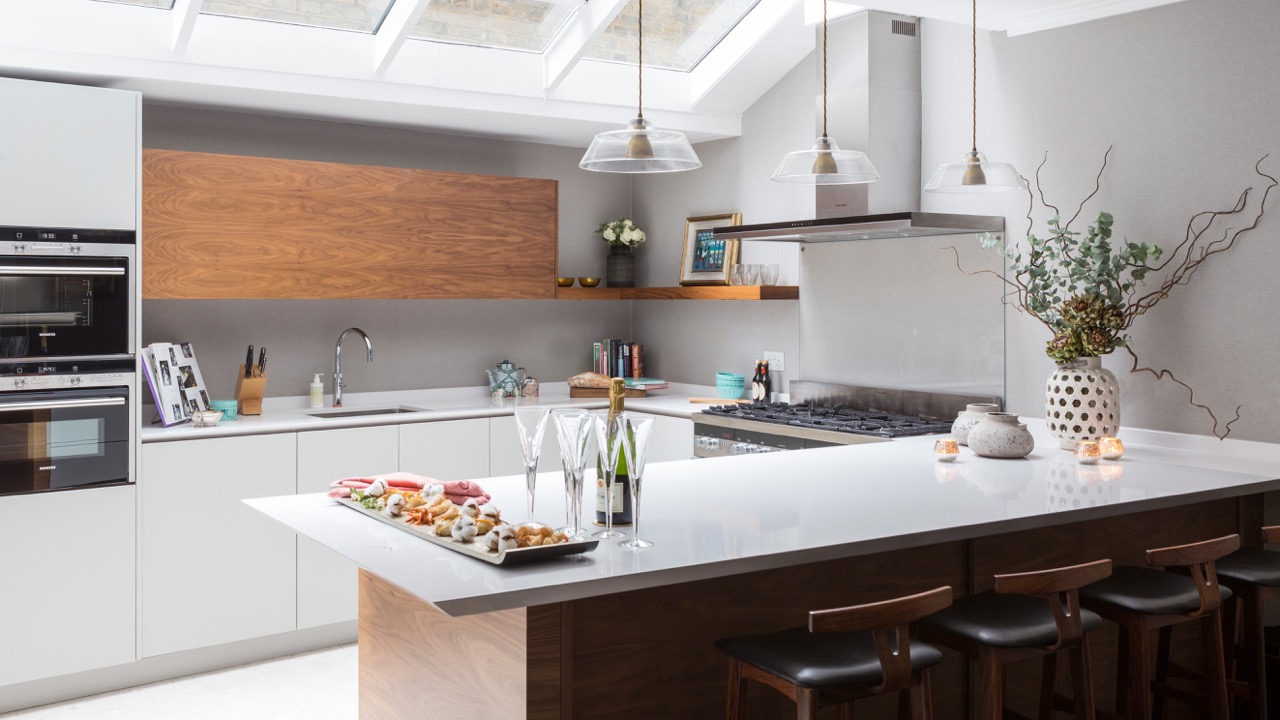
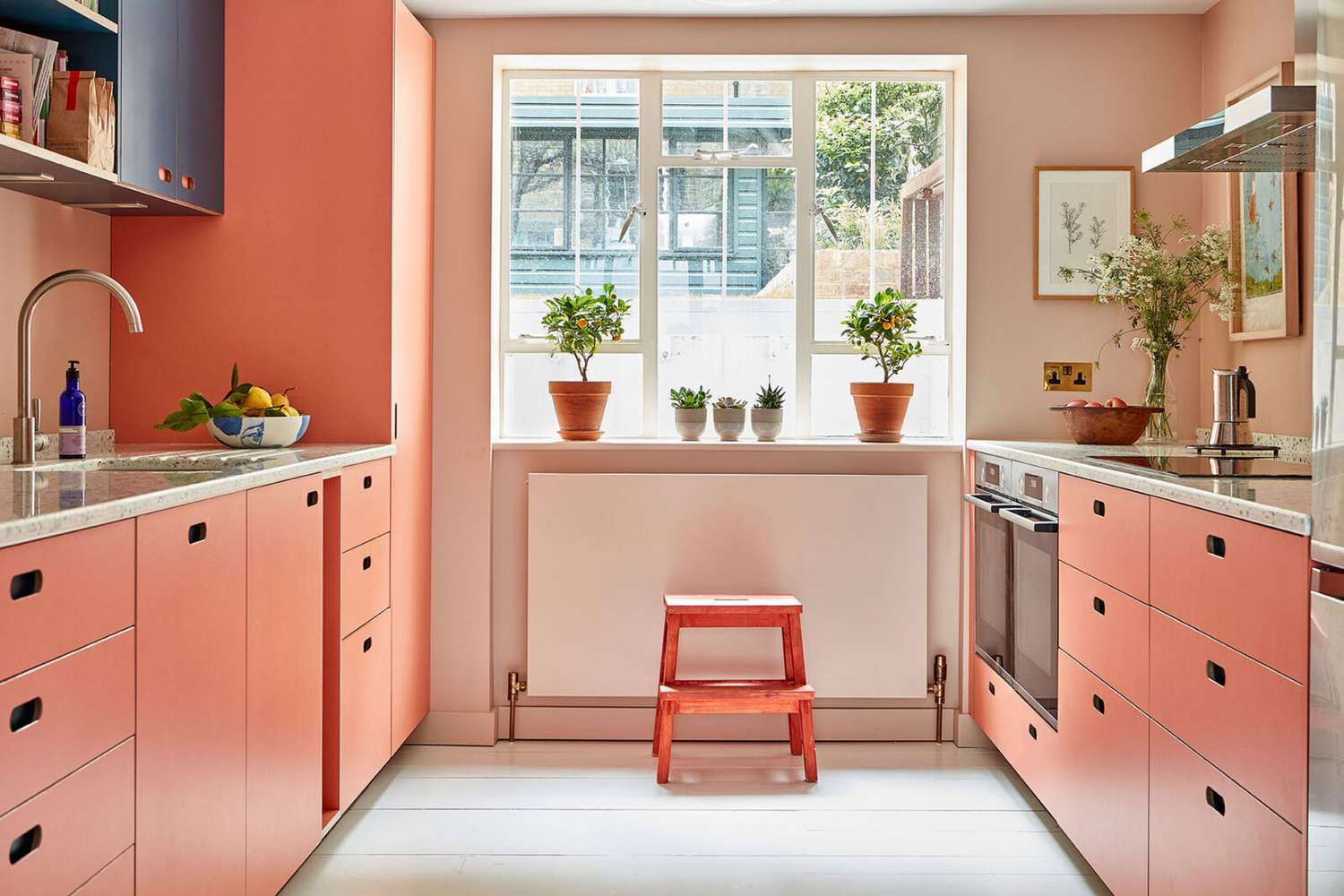

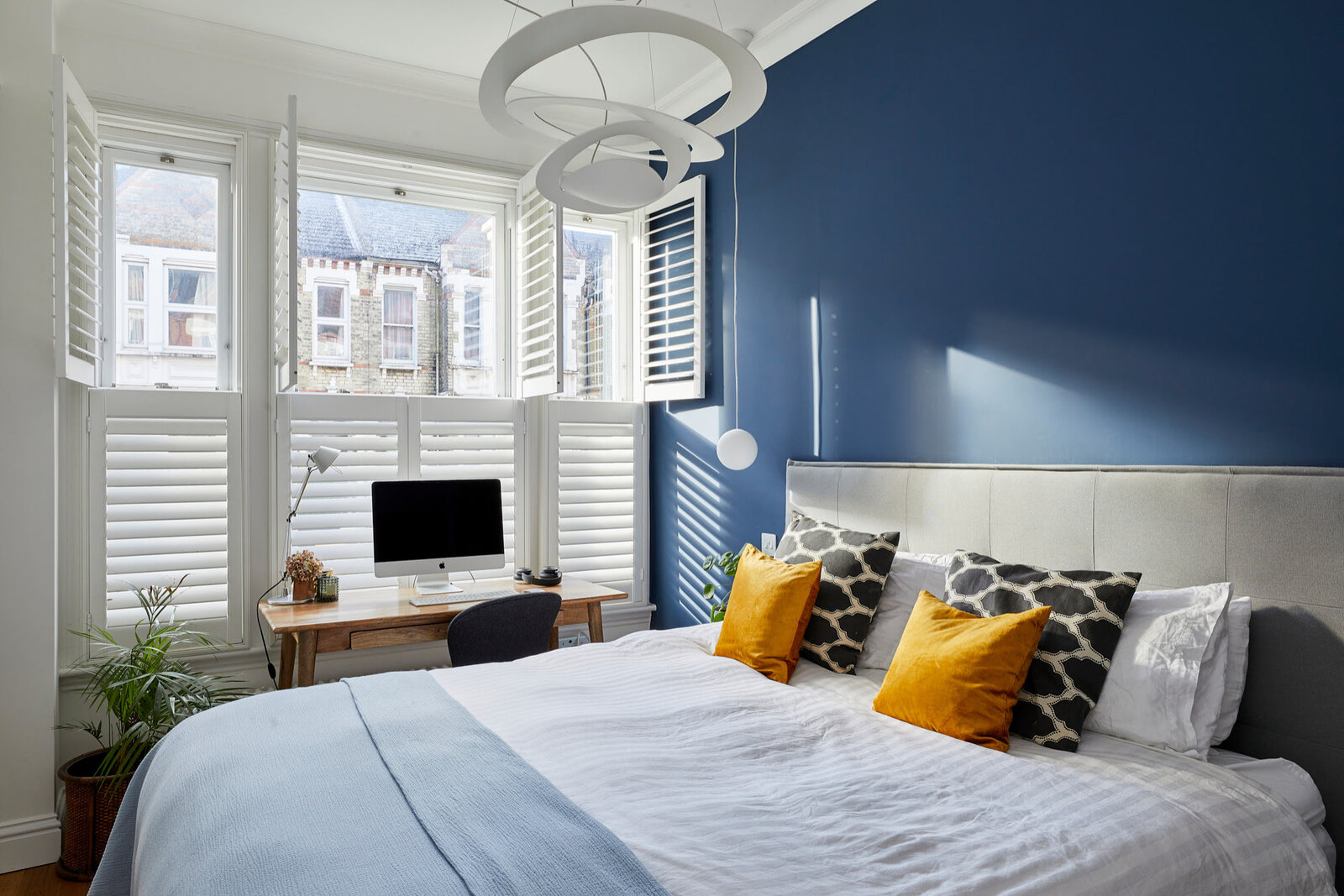
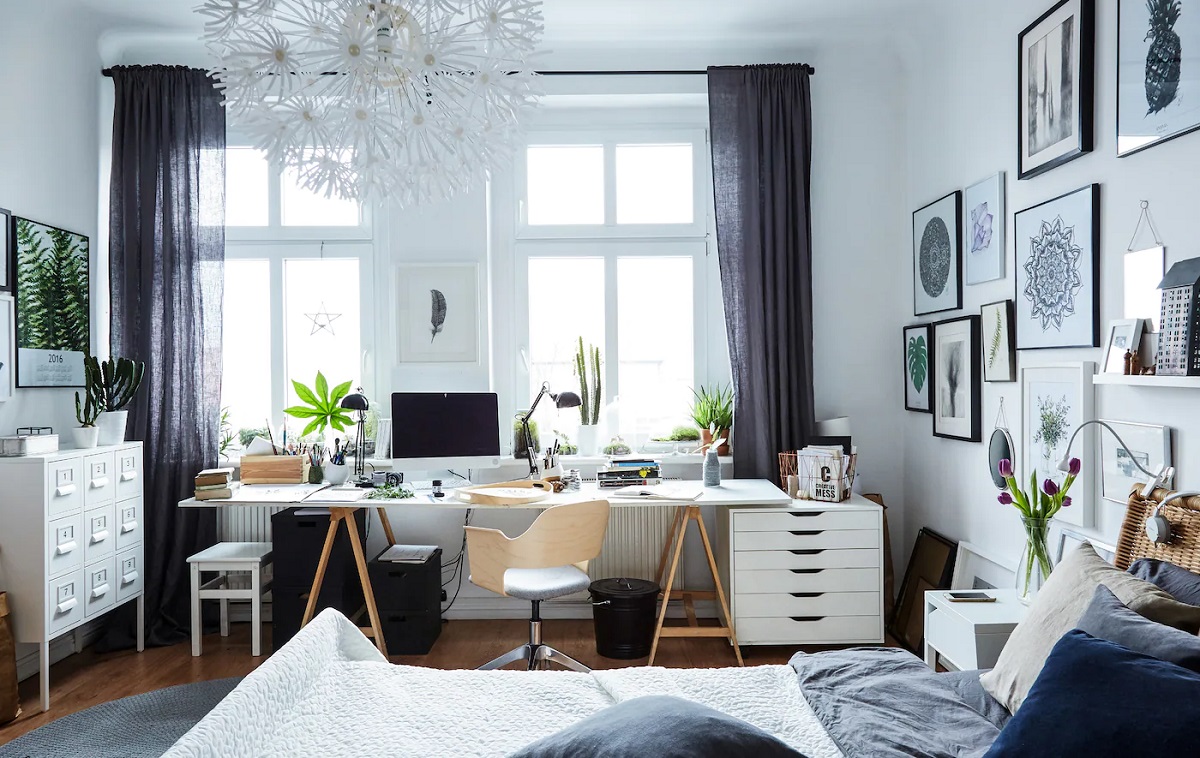


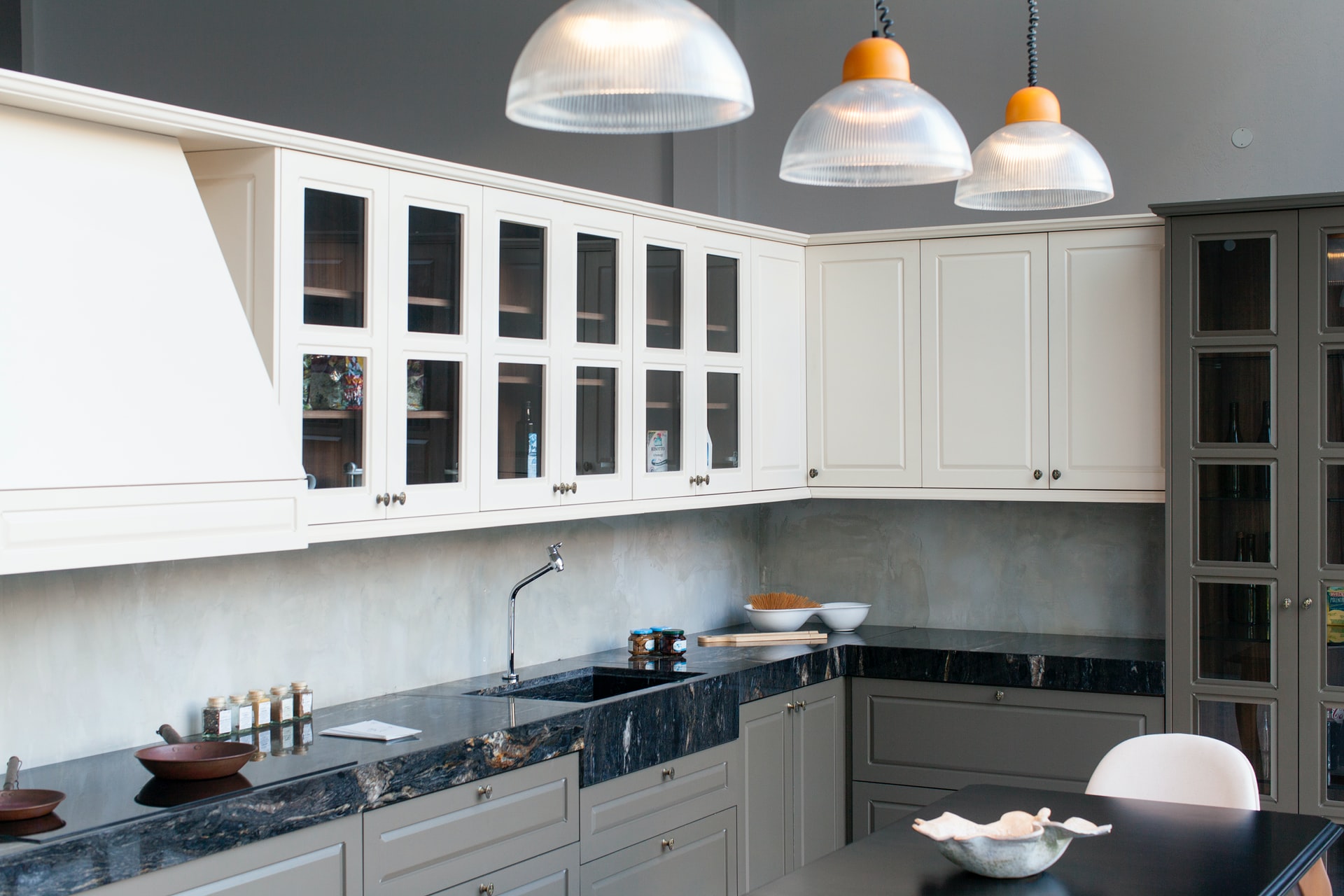
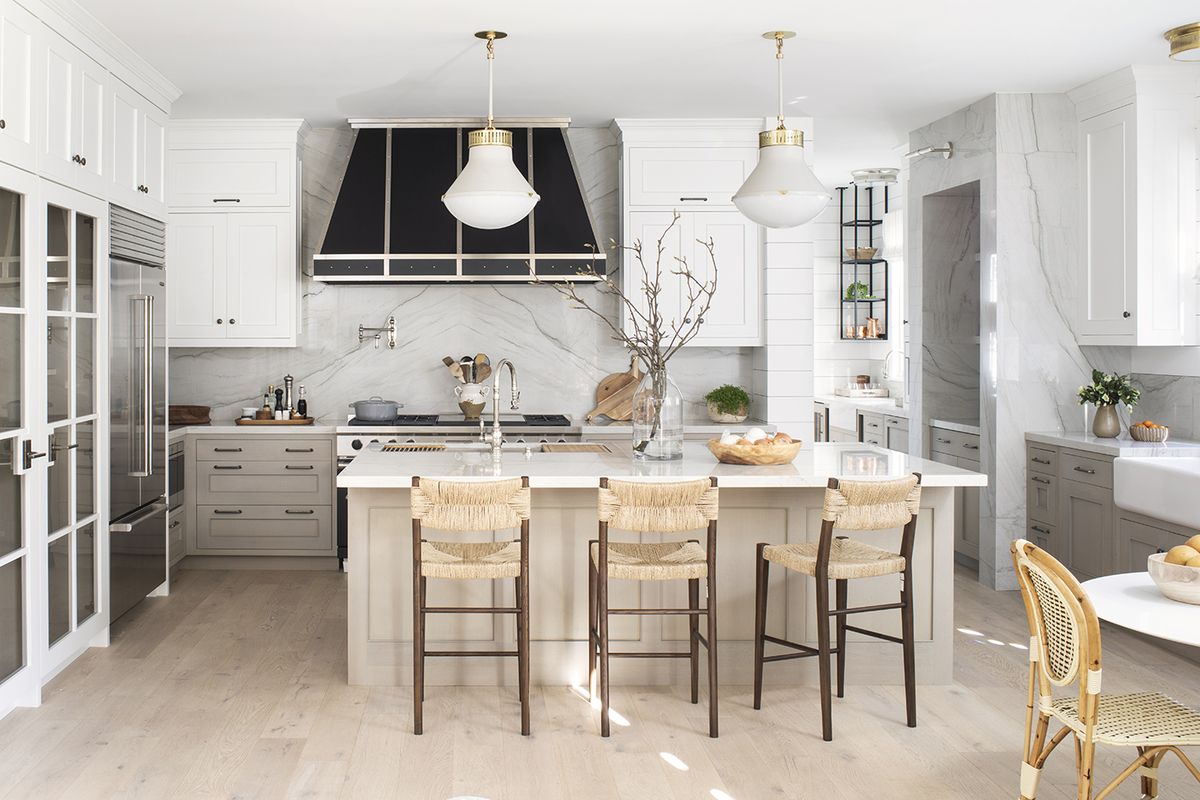

0 thoughts on “Narrow Kitchen Layout Rules: 9 Ways To Make Yours Work Better”